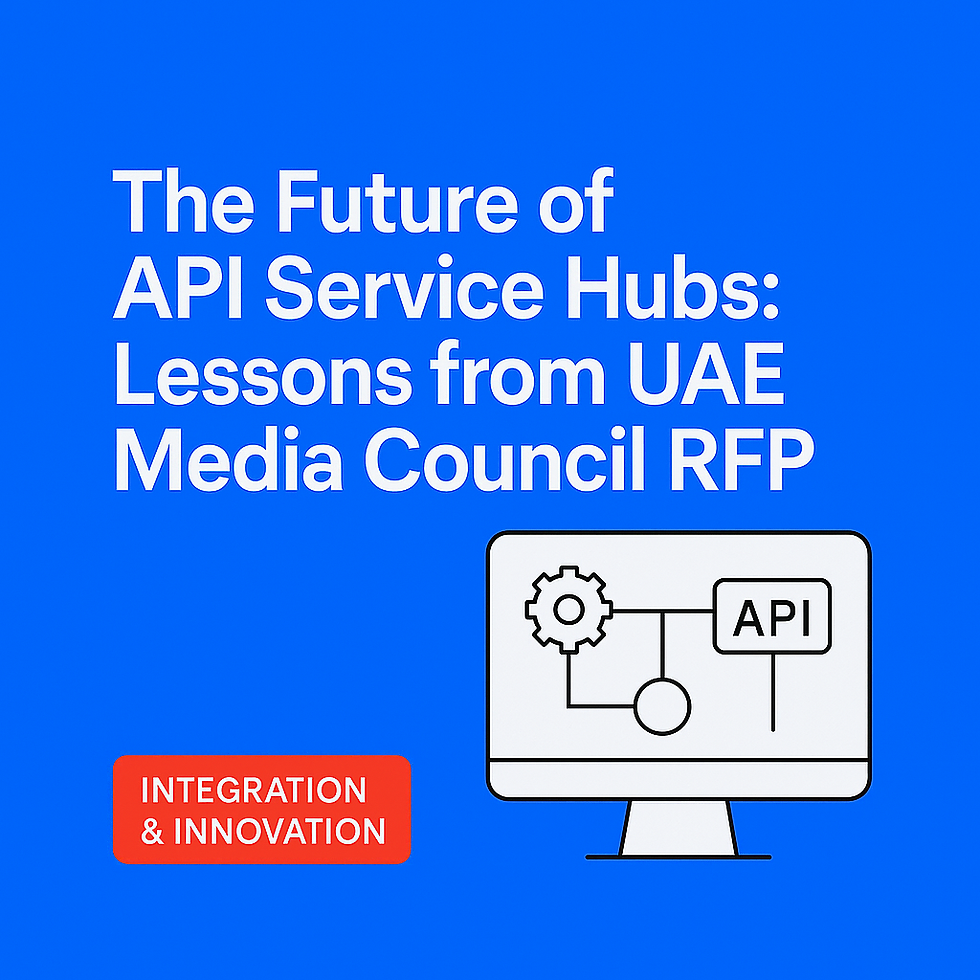- Cognigate Advisory Team

- Aug 28
- 3 min read

Introduction: The Double-Edged Sword of Automation
Automation has become the mantra of digital transformation. From AI chatbots to robotic process automation (RPA), organizations across industries are pursuing efficiency. Gartner forecasts that by 2026, 80% of customer service organizations will have applied generative AI in some form (Gartner).
But while automation brings speed, it also brings risk. PwC warns:
“59% of consumers feel companies have lost touch with the human element of customer experience.”
Cognigate’s perspective is simple: automation must enhance human experience (HX), not erode it.
The Promise and Peril of Automation
The Promise
Efficiency: Reduced handling times and operating costs.
Scalability: Handle high volumes (citizen requests, retail queries).
Consistency: Standardized responses and workflows.
The Peril
Dehumanization: Customers feel treated like ticket numbers.
Alienation: Employees fear being replaced rather than empowered.
Trust erosion: Citizens lose confidence in automated government services if errors persist.
Accenture captures the paradox:
“AI should augment human capability, not replace it. Human + Machine collaboration will define the winners.”
Cognigate’s Philosophy: Human + AI Harmony
At Cognigate, automation is never the end goal. Our HX-first principle ensures that every automation project asks:
Does this improve the experience for customers, citizens, or employees?
Does this free humans to do higher-value work?
Is there always a human-in-the-loop where empathy matters?
“Automation should take the robot out of the human, not the human out of the process.” — Cognigate
The 4-D Framework for Balanced Automation
1. Discover: Identify Human Pain Points
Automation should target repetitive, low-value pain points. Examples:
Resetting employee passwords.
Tracking delivery status.
Routing support tickets.
McKinsey notes:
“Automating 30% of repetitive tasks can free employees for higher-value work.”
2. Design: Embed Empathy into Automation
Designing automation is not just about workflows — it’s about tone, escalation, and fallback.
Use natural language that feels conversational.
Allow seamless handoff to human agents.
Ensure accessibility for all users.
Salesforce found:
“68% of customers expect empathy in digital interactions.”
3. Deliver: Blend Automation with Human Oversight
Cognigate delivers solutions where:
Freshworks chatbots handle FAQs, but agents step in for complex cases.
Creatio workflows automate approvals, but managers validate exceptions.
Profit.co automates OKR tracking, but leaders drive performance discussions.
4. Drive: Continuously Improve Balance
Automation must evolve. Cognigate sets up:
Feedback loops (did users feel heard?).
Analytics dashboards (automation deflection rates + satisfaction).
Governance councils (deciding when to automate vs humanize).
Deloitte emphasizes:
“Human-centric automation yields higher adoption and stronger ROI than technology-led automation.”
Regional Context: UAE/MENA Adoption
Government: UAE Smart Services are automating citizen interactions, but with strong emphasis on accessibility and trust.
Telecom: Operators deploy chatbots for scale but keep escalation paths for VIP customers.
Education: Universities automate student services (transcripts, admissions), but keep advisors for guidance.
Retail/F&B: Automated kiosks are common, yet human staff remain critical to experience.
“Middle East consumers are highly digital, but also deeply value personalized, human touchpoints.”
The Executive Playbook: Balancing AI and Human Touch
Step 1 — Audit Automation
Where are customers frustrated with bots?
Where are employees bogged down in repetitive tasks?
Step 2 — Define Escalation Paths
Ensure humans are available when empathy or judgment is required.
Step 3 — Train Employees as Augmented Workers
Position automation as a helper, not a replacement.
Upskill employees to use AI tools effectively.
Step 4 — Measure HX Outcomes
Track not just deflection rates, but satisfaction and trust.
Step 5 — Iterate
Review quarterly, adjusting the automation-human balance as expectations evolve.
Conclusion: Automation With Humanity
Automation is inevitable. Alienation is optional. The organizations that thrive in 2025 will be those that:
Use automation to remove friction, not empathy.
Empower employees with AI rather than replace them.
Measure success through HX: satisfaction, trust, and adoption.
As Satya Nadella, CEO of Microsoft, said:
“The fundamental need of every person is to be able to use technology with trust, in a way that is empowering.”
At Cognigate, we believe automation should never alienate — it should elevate.


